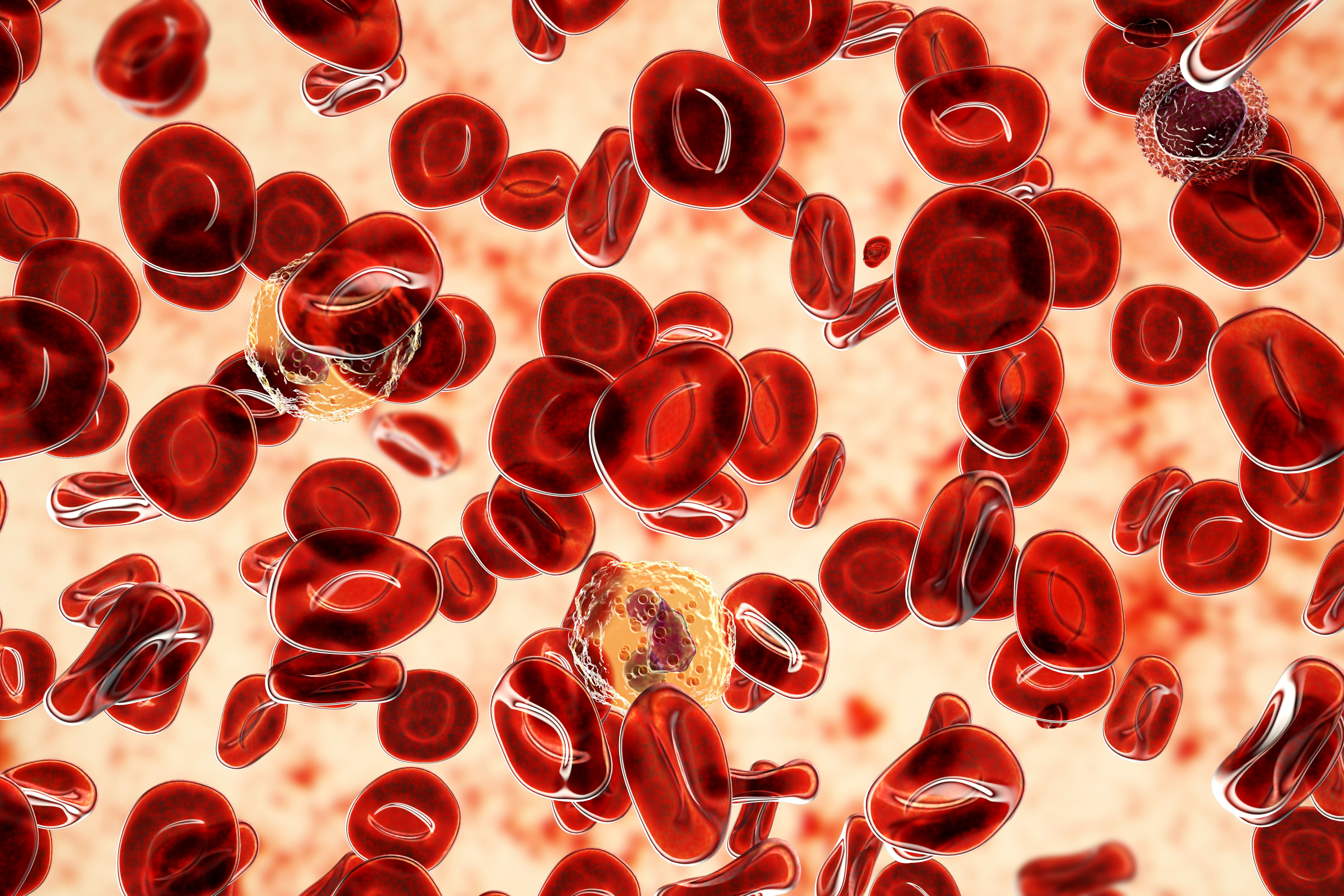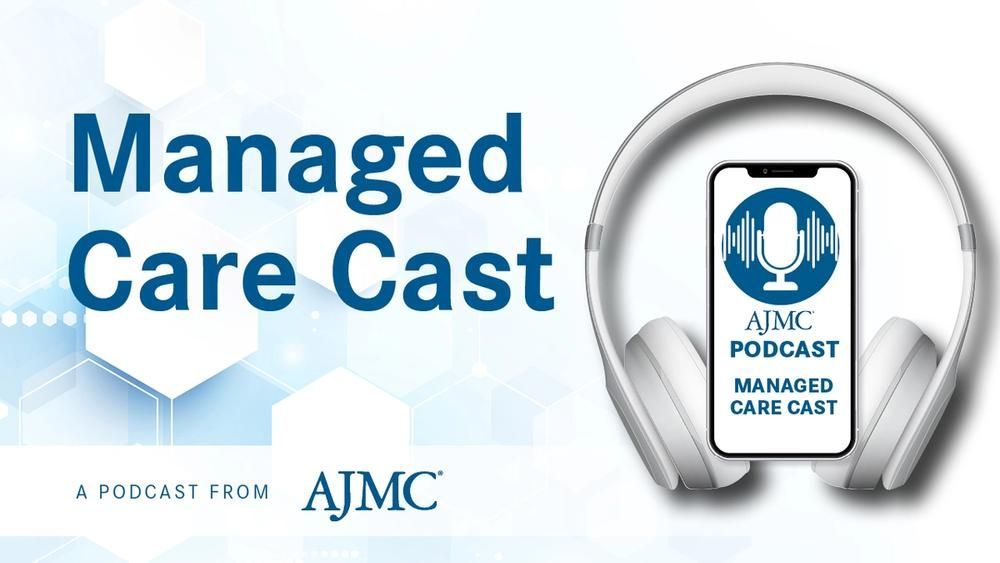News
Article
Cardiovascular Risk Factors Impact Outcomes in MPNs
Author(s):
Key Takeaways
- MPN patients with CVRFs have increased mortality and thrombotic risk, especially in polycythemia vera cases.
- Hypertension and hyperlipidemia are the most common CVRFs in MPN patients, particularly in myelofibrosis.
Cardiovascular risk factors increase the risk of arterial and venous thrombosis in patients with myeloproliferative neoplasms, a study found.
People with myeloproliferative neoplasms (MPNs) have a higher risk of death if they also have cardiovascular risk factors (CVRFs), a new analysis found.
The authors of the report, published in Blood Vessels, Thrombosis & Hemostasis, said their findings highlight the need to manage CVRFs in patients with MPNs.1 However, their findings show that addressing CVRFs alone will not ameliorate the risk of thrombosis.
Patients with MPNs have an increased risk of thrombosis, particularly if they have polycythemia vera (PV), the authors noted. In both PV and essential thrombocythemia (ET), arterial and venous thrombosis are the most common cause of morbidity and mortality, they noted.
The investigators found that people with MPNs and at least one CVRF had an increased risk of both death and arterial or venous thrombosis. | Image credit: Dr_Microbe - stock.adobe.com

“For this reason, a core aspect of MPN management is reduction of thrombotic risk,” they wrote.
A 2024 analysis of more than 24,000 patients found those with MPNs were at a higher risk of death from cardiovascular disease, with the risk increasing as patients aged.2 Authors of the new analysis said more data are needed to better understand how CVRFs impact outcomes in patients with MPNs, so they decided to conduct a real-world analysis of patients with MPNs and compare their outcomes with patients with no known history of hematologic malignancies.
The investigators used a database of patients from the Dana-Farber Cancer Institute who received care between 2014 and 2023. They identified a total of 1005 patients, of whom 34% had CVRFs. The most common was hypertension (21%), followed by hyperlipidemia (16%), obesity (12%), current smoking status (4%), and type 2 diabetes mellitus (T2DM; 3%). The investigators found that among ET, PF, and myelofibrosis (MF), the last group had the higher likelihood of having a CVRF, primarily due to higher rates of hypertension and hyperlipidemia.
The investigators compared those patients’ outcomes to a cohort of 1543 age- and sex-matched controls without MPNs. The controls were somewhat more likely to have obesity, have ever smoked, and have T2DM, hyperlipidemia, and hypertension.
The investigators found that people with MPNs and at least one CVRF had an increased risk of both death and arterial/venous thrombosis ([HR, 2.52; 95% CI, 1.9-3.35] and [HR, 3.05; 95% CI, 2.39-3.92], respectively).
“The risk of arterial thrombosis with a CVRF was particularly pronounced in PV, where the presence of [at least] 1 CVRF predicted nearly a six-fold increased risk of subsequent arterial thromboses,” the authors noted. When the investigators analyzed specific risk factors, they found that only T2DM was associated with worse thrombotic outcomes in patients with MPN.
Yet, while the authors said their findings show that CVRFs have a negative impact on patient outcomes, the impact was different in the non-MPN group. The likelihood of a CVRF on thrombosis was lower in patients with MPNs vs non-MPN controls (HR, 0.51; 95% CI, 0.36-0.86).
The authors explained their findings show that people with MPNs already have an elevated thrombotic risk at baseline, which is likely why CVRFs have a lesser impact than on patients without an MPN.
Similarly, when they looked at specific types of MPNs, the investigators found CVRFs had less of an impact on thrombotic risk in patients with ET. The authors said the data suggest “that the lesser impact of a CVRF on thrombosis in ET is related to the greater baseline risk of thrombosis even in ET patients without a CVRF.”
In addition, the investigators noted their data showed CVRFs were not associated with progression to MF or acute leukemia. However, the retrospective analysis did not allow them to evaluate how the modification of CVRFs might impact patient outcomes, so a prospective study measuring the impact of interventions is warranted.
References
- How J, Leiva O, Redd R, et al. Cardiovascular risk factors in myeloproliferative neoplasms: Associations with survival and thrombotic outcomes. Blood Vessels Thromb Hemost. 2025;100051. doi:10.1016/j.bvth.2025.100051
- Tang M, Chen Y, Zhou Y, et al. Long-term risks of cardiovascular-specific mortality among myeloproliferative neoplasms patients. Ther Adv Hematol. 2024;15:20406207241290886. doi:10.1177/20406207241290886





